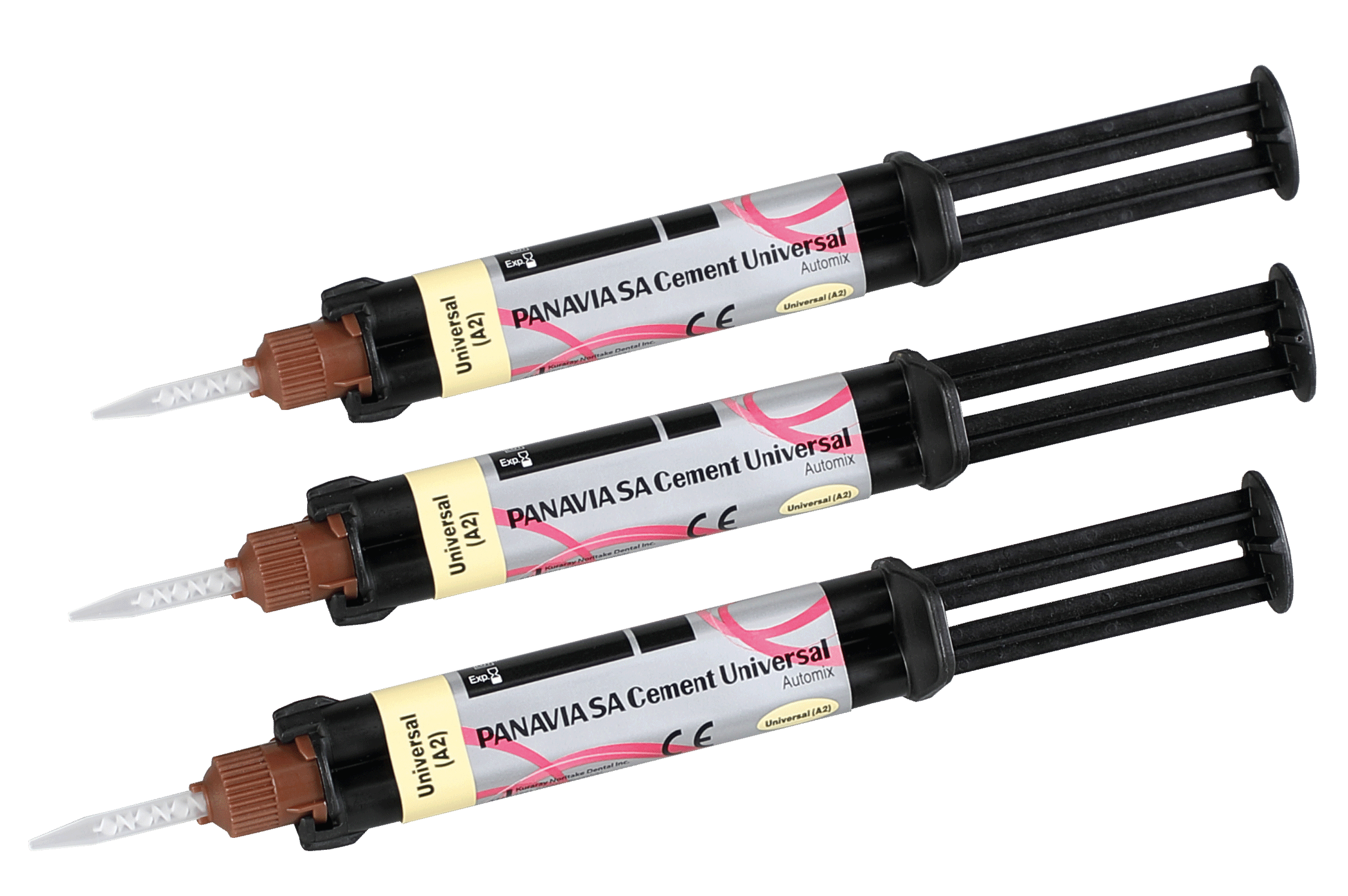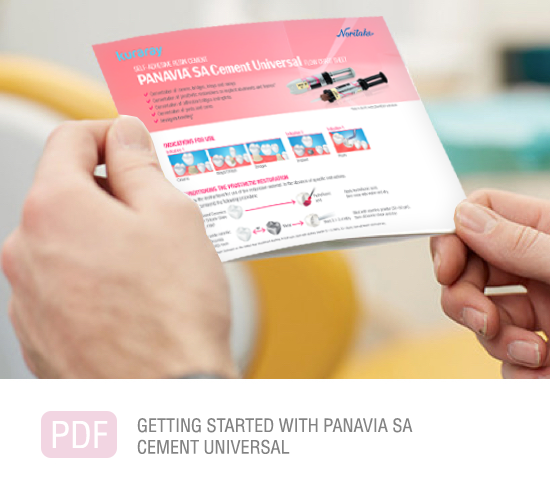PANAVIA SA Cement Universal - presentación
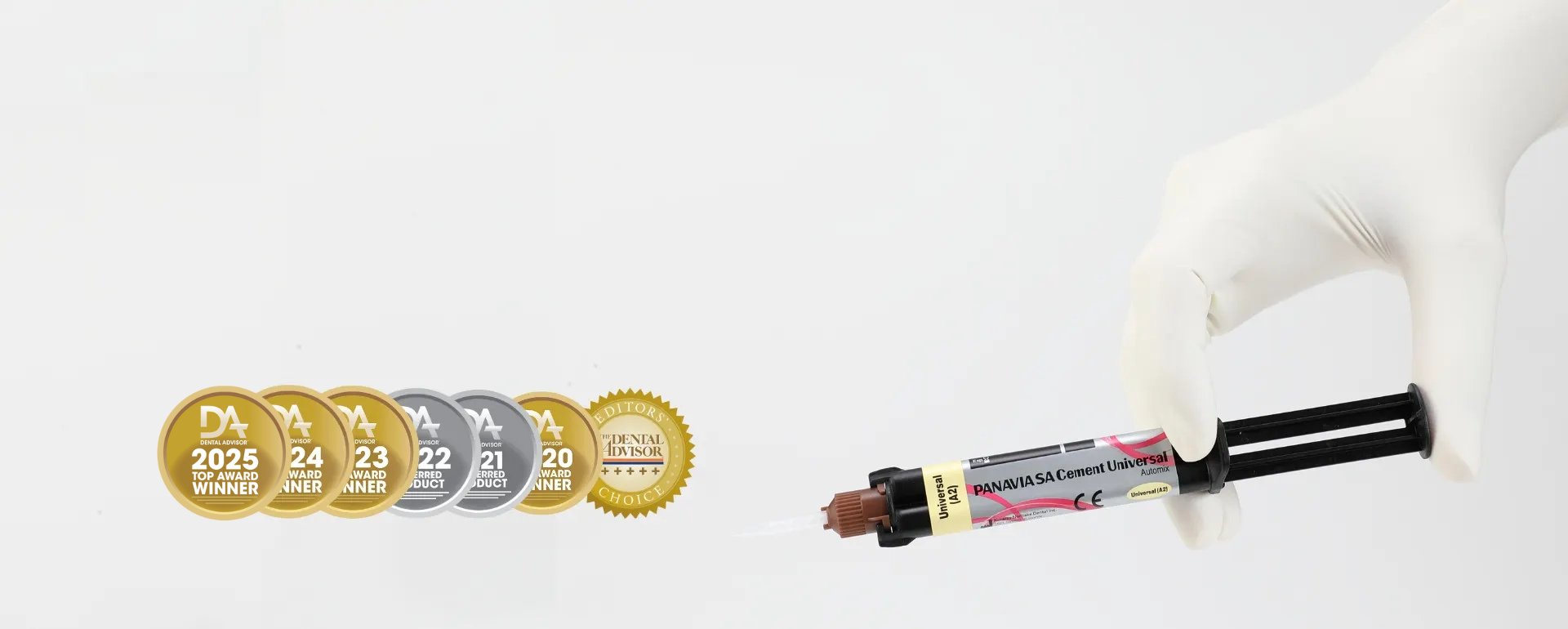

PANAVIA SA CEMENT UNIVERSAL
Cemente todo sin necesidad de usar primer.
-
CEMENTE TODO EN UN SOLO PASO
Resistencia de adhesión al cizallamiento a los materiales restauradores

Fuente de los datos: Kuraray Noritake Dental Inc.
-
SE ADHIERE A LA VITROCERÁMICA, SIN NECESIDAD DE USAR UN PRIMER ADICIONAL
UN AVANCE DE LOS INNOVADORES DE LA TECNOLOGÍA DE ADHESIÓN Y DEL SILANO -

-
LCSI
El exclusivo monómero LCSicrea una unión química fuertecon la porcelana, el disilicato de litioy la resina compuesta. -
-

-
MDP ORIGINAL
El monómero MDP Original1crea una fuerte unión químicacon el esmalte, la dentina,la aleación de metales y el óxido de circonio. -
PANAVIA™ SA Cement Universal es un producto pionero en los cementos de resina autoadhesivos, que contiene el exclusivo monómero LCSi que se adhiere a prácticamente cualquier material, incluida la vitrocerámica, sin necesidad de usar un primer adicional. Mediante el exclusivo agente de acoplamiento de silano incluido en la pasta, el monómero LCSi, el cemento proporciona una unión química fuerte y duradera a la porcelana, el disilicato de litio y la resina compuesta. El monómero MDP original, presente también en la pasta, permite la reacción química con el óxido de circonio, la dentina y el esmalte.
 Tomando como base el éxito de nuestro PANAVIA™ SA Cement Plus, PANAVIA™ SA Cement Universal ofrece también el mismo amplio abanico de indicaciones para la adhesión y está indicado para coronas/puentes, inlays/onlays, pernos e incluso los puentes de adhesión. Gracias a su potente fórmula de un solo paso, la cementación es más sencilla que nunca. El producto está disponible en la opción de mezcla automática o mezcla manual.
Tomando como base el éxito de nuestro PANAVIA™ SA Cement Plus, PANAVIA™ SA Cement Universal ofrece también el mismo amplio abanico de indicaciones para la adhesión y está indicado para coronas/puentes, inlays/onlays, pernos e incluso los puentes de adhesión. Gracias a su potente fórmula de un solo paso, la cementación es más sencilla que nunca. El producto está disponible en la opción de mezcla automática o mezcla manual. 1 Tecnología MDP originalLa tecnología MDP original de Kuraray Noritake Dental se desarrolló en 1981 con el objetivo de llevar los materiales dentales adhesivos hasta su rendimiento máximo. Desde el lanzamiento de PANAVIA™ con el MDP original en 1983, se ha convertido en un éxito a nivel mundial. Por eso hemos integrado MDP en la mayoría de nuestros productos adhesivos, como en el producto de referencia CLEARFIL™ SE BOND. Hasta hoy, más de 30 años después de su invención, MDP sigue influyendo sobre el mundo dental. Incluso recientemente lo han usado otros fabricantes. Para nosotros es un reconocimiento que hayan elegido MDP para mejorar sus productos adhesivos. ¿Pero qué es MDP realmente? Es un monómero funcional (10-metacriloxidecilfosfato dihidrogenado) que actúa como conector entre nuestros materiales adhesivos y la estructura del diente, las aleaciones metálicas y el óxido de circonio. Solo la mejor tecnología monomérica funcional le permite ofrecer el tratamiento más duradero.
1 Tecnología MDP originalLa tecnología MDP original de Kuraray Noritake Dental se desarrolló en 1981 con el objetivo de llevar los materiales dentales adhesivos hasta su rendimiento máximo. Desde el lanzamiento de PANAVIA™ con el MDP original en 1983, se ha convertido en un éxito a nivel mundial. Por eso hemos integrado MDP en la mayoría de nuestros productos adhesivos, como en el producto de referencia CLEARFIL™ SE BOND. Hasta hoy, más de 30 años después de su invención, MDP sigue influyendo sobre el mundo dental. Incluso recientemente lo han usado otros fabricantes. Para nosotros es un reconocimiento que hayan elegido MDP para mejorar sus productos adhesivos. ¿Pero qué es MDP realmente? Es un monómero funcional (10-metacriloxidecilfosfato dihidrogenado) que actúa como conector entre nuestros materiales adhesivos y la estructura del diente, las aleaciones metálicas y el óxido de circonio. Solo la mejor tecnología monomérica funcional le permite ofrecer el tratamiento más duradero.
FÁCIL ELIMINACIÓN DEL EXCESO, FÁCIL APLICACIÓN, FÁCIL ALMACENAMIENTO
-
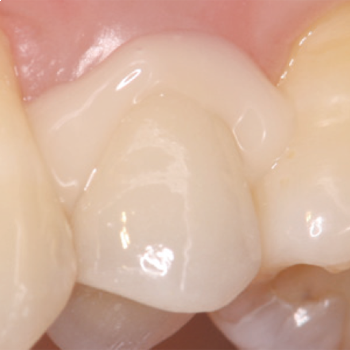
APLICAR
-

ELIMINAR EL EXCESO
DE CEMENTO -
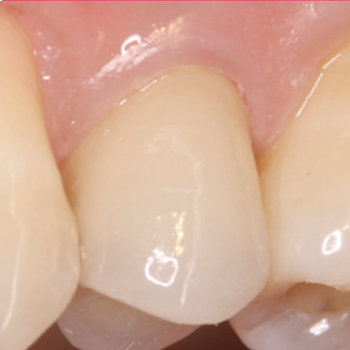
LISTO
-

APLICACIÓN SENCILLA
-

Almacenamiento a temperatura ambiente
-
Muy valorado a nivel internacional
Testimonios
-
Dr. med. dent. Alessandro Devigus
"Durante mucho tiempo fui escéptico sobre el uso de los cementos autoadhesivos. Aún así, decidí probar PANAVIA™ SA Cement Universal. Me gusta el hecho de que el primer esté integrado en la pasta, lo que elimina la necesidad de usar un componente adicional. Además, la manipulación del producto es sencilla, igual que la remoción del exceso de material. Tengo una buena sensación cuando uso el producto en combinación con CLEARFIL™ Universal Bond Quick: ¡facilidad de uso combinada con protocolos probados!"
-
-
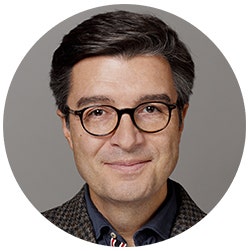
-
Dr. med. dent. Adham Elsayed
"Gracias a su estética, su estabilidad y su retención sobresalientes, en la actualidad la recomendación es usar cementos de resina adhesivos en lugar de cementos convencionales para la colocación de las restauraciones. En este contexto, PANAVIA™ SA Cement Universal ofrece la combinación perfecta de calidad y una manipulación extraordinariamente sencilla. La interacción entre el monómero MDP original y el monómero de silano LCSi desarrollado por Kuraray Noritake permite una colocación rápida y sencilla en un solo paso. Con independencia del material de la restauración, incluso cuando se trata de cerámica de silicato o híbrida, no es necesario usar un primer adicional. Gracias a la tecnología PANAVIA™, este cemento de resina ofrece el máximo posible en calidad y fiabilidad".
-
-

-
¿Le han convencido las ventajas?
-
